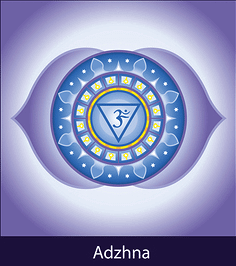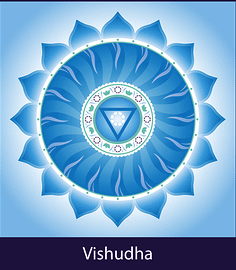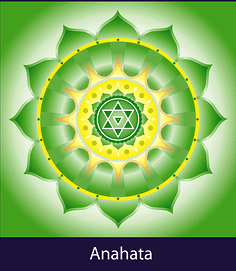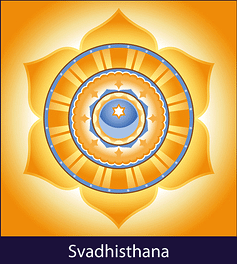 This is my composition based on improvisations inspired by the first chakra: Muladhara, the root chakra. Read here my woo woo story about how I got into the chakra energy stuff and why I composed the seven solo violin pieces inspired by the seven chakra’s.
This is my composition based on improvisations inspired by the first chakra: Muladhara, the root chakra. Read here my woo woo story about how I got into the chakra energy stuff and why I composed the seven solo violin pieces inspired by the seven chakra’s.
Ajna (click here to download the free sheet music)
Just some general Wiki info about this chakra, which can give you an idea about what should be the mood of the piece:
“Ajna is symbolised by a lotus with two petals, and corresponds to the colours violet, indigo or deep blue, though it is traditionally described as white. It is at this point that the two side nadis Ida and Pingala are said to terminate and merge with the central channel Sushumna, signifying the end of duality. The seed syllable for this chakra is the syllable OM, and the presiding deity is Ardhanarishvara, who is a half male, half female Shiva/Shakti. The Shakti goddess of Ajna is called Hakini.
Ajna (along with Bindu), is known as the third eye chakra and is linked to the pineal gland which may inform a model of its envisioning. The pineal gland is a light sensitive gland that produces the hormonemelatonin which regulates sleep and waking up. Ajna’s key issues involve balancing the higher and lower selves and trusting inner guidance. Ajna’s inner aspect relates to the access of intuition. Mentally, Ajna deals with visual consciousness. Emotionally, Ajna deals with clarity on an intuitive level.[36]
Some[who?] believe that the pineal and pituitary glands should be exchanged in their relationship to the Crown and Brow chakras, based on the description in Arthur Avalon’s book on kundalini called Serpent Power or empirical research.)
In Tibetan Buddhism, this point is actually the end of the central channel, since the central channel rises up from the sexual organ to the crown of the head, and then curves over the head and down to the third eye. While the central channel finishes here, the two side channels continue down to the two nostrils.”
Did you play this piece and did special things happen to you? Please share all the juicy details in the comments below.
Love,
Zlata
PS: Do you have questions for me on violin or viola playing? Post a comment below or send an e-mail to info@violinlounge.com




